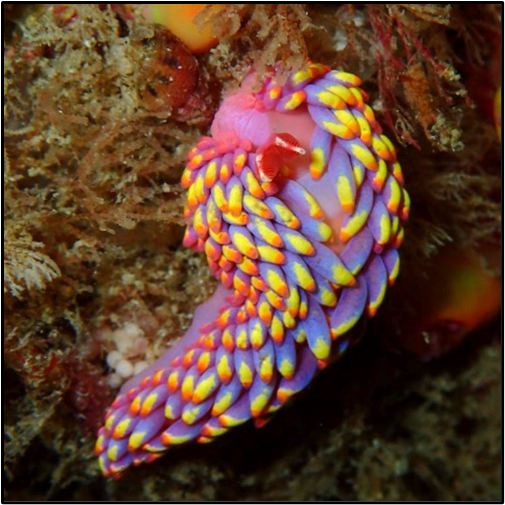Volunteer citizen scientists and professionals have developed a report to show changes in the ocean and marine life around the South West region of the UK.

The State of the South West Seas in 2022 Report brings the marine and coastal community together to consider the changes that are taking place in the South West.
The annual report reflects the work of both hundreds of volunteer citizen scientists and professionals working in the south-west as part of the South-West Marine Ecosystems (SWME) programme.
The 2022 report is the ninth in this series and includes detailed chapters on oceanography and storms, plankton, the seashore and seabed, fish and turtles, coastal birds, seals, whales, dolphins and porpoises. Management chapters include fisheries, marine planning, marine protected areas, water pollution and plastics pollution.
The Marine Biological Association (MBA) provides a platform for the programme through webinars and the publication of the annual report via the PlyMSEA series.
MBA Associate Fellow Dr Keith Hiscock, MBE edits the report and leads on gathering information on the ‘Seashore and Seabed’ section.
Dr Hiscock said: “The MBA plays a major role in the South-West Marine Ecosystems (State of South-West Seas) programme. I believe that SWME continues the tradition established by the MBA in making natural history information widely available and in a form that can be used to inform understanding of change and for marine environment protection and management.”

‘New’ species records for Britain in 2022. Here, the seaslug Babakina andoni in the Isles of Scilly. Also seen near Penzance in 2022. Image: Allen Murray.
Topics include:
- Oceanography. Summer of 2022 was notable for the three heatwaves during July and August in the UK. These events heated the sea-surface layer up to temperatures around 20 C in the western English Channel, with notable warmth persisting until mid-October (>15 C).
- Whales, Dolphins & Porpoises. Sightings of minke, fin and humpback whales were above average in 2022 compared with recent years, and the data showed continued support for species-specific seasonal peaks in South West England.
- Very similar observations of Spiny Lobsters Palinurus elephas compared to 2021 (after their ‘re-appearance’ in many areas in about 2014). Divers continue to see very small individuals through to mainly moderate-sized individuals but fishermen report very few with eggs. There were more reports of aggregations of spiny lobsters.
- Seabed litter. A small number of organisations work to remove lost or discarded material from the seabed. In one exercise within Plymouth Sound in 2022, the ‘haul’ of litter included 55 bikes. The greatest amount of material reported was fishing-related and included nets and pots. Adjacent to the shore and especially in the vicinity of harbours, piers and wharves, the discarded/dumped items include traffic cones, bicycles, tyres (lost fenders or discarded) and supermarket trolleys.
During 2023, with financial backing of the Defra sponsored marine Natural Capital Ecosystem Assessment – Land Seas Interface Programme, the project team have begun to explore whether the SWME Model can be applied to another English region. This is also having many benefits to SWME in helping think through what we have achieved and how we might develop.
Read the full report here. The 2022 webinars can also be viewed on the YouTube channel.